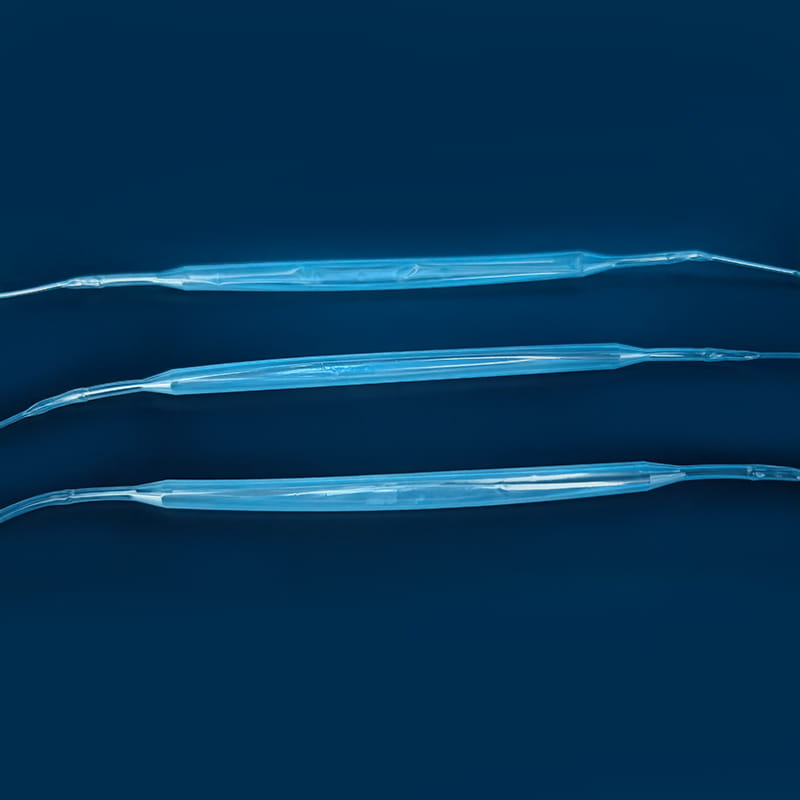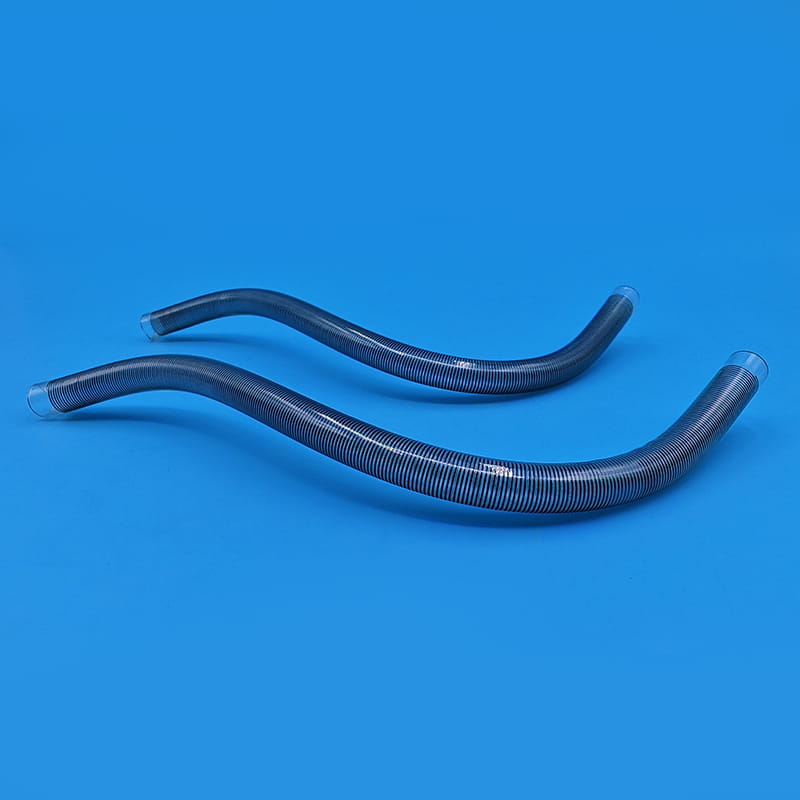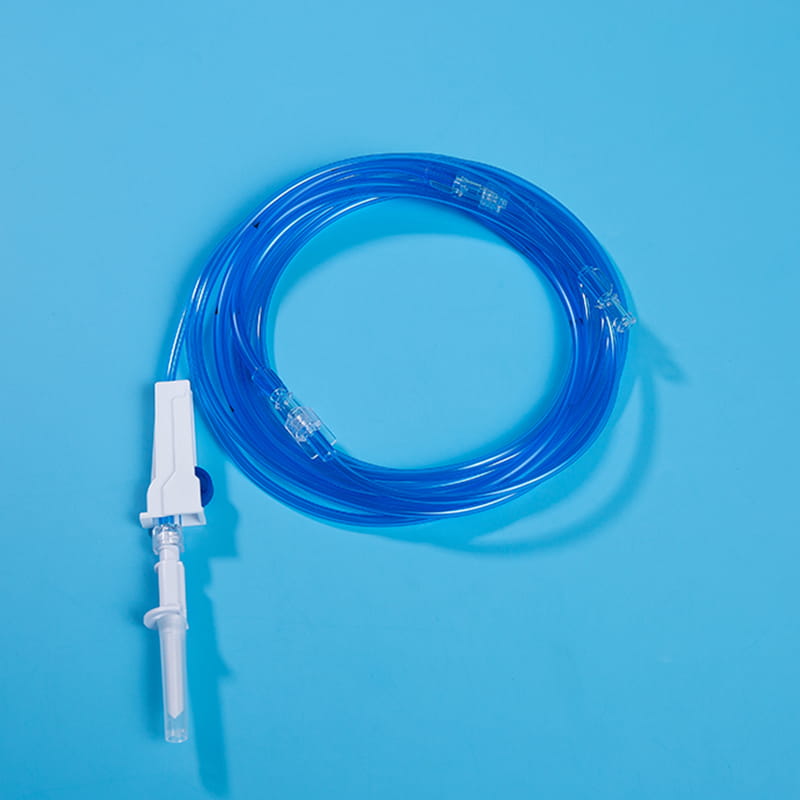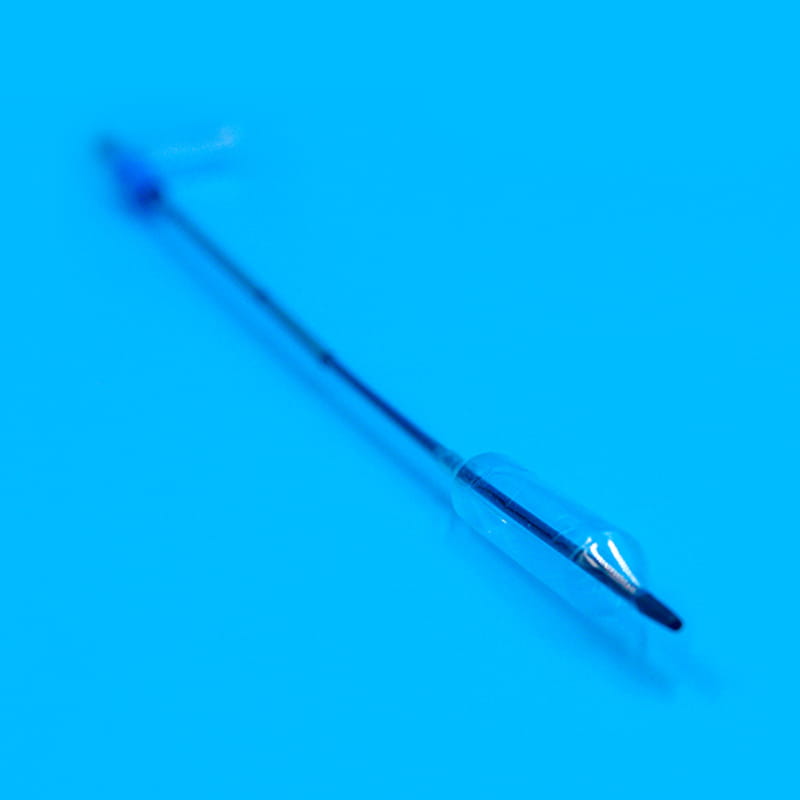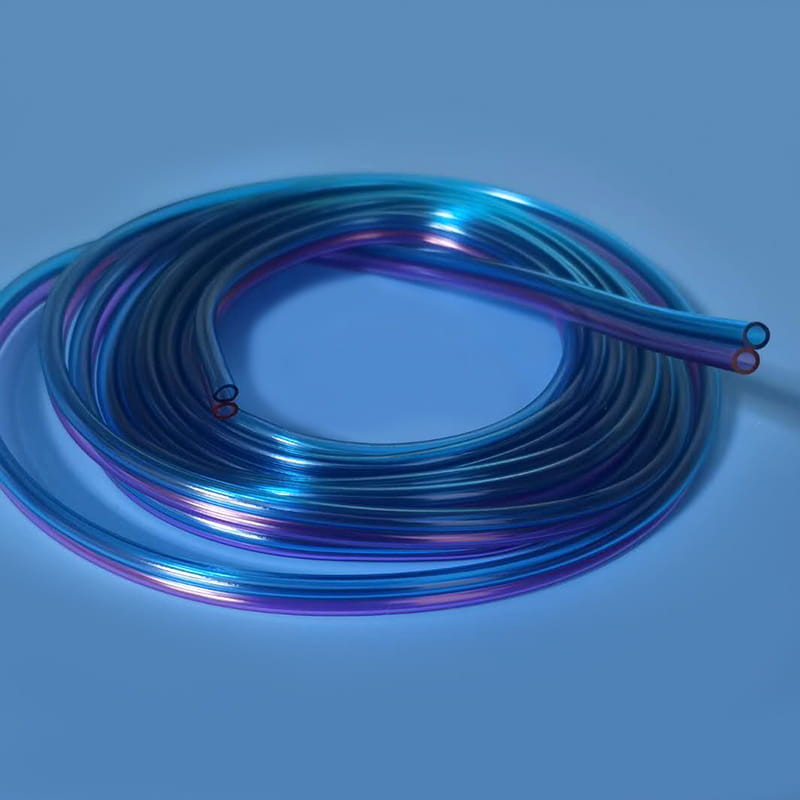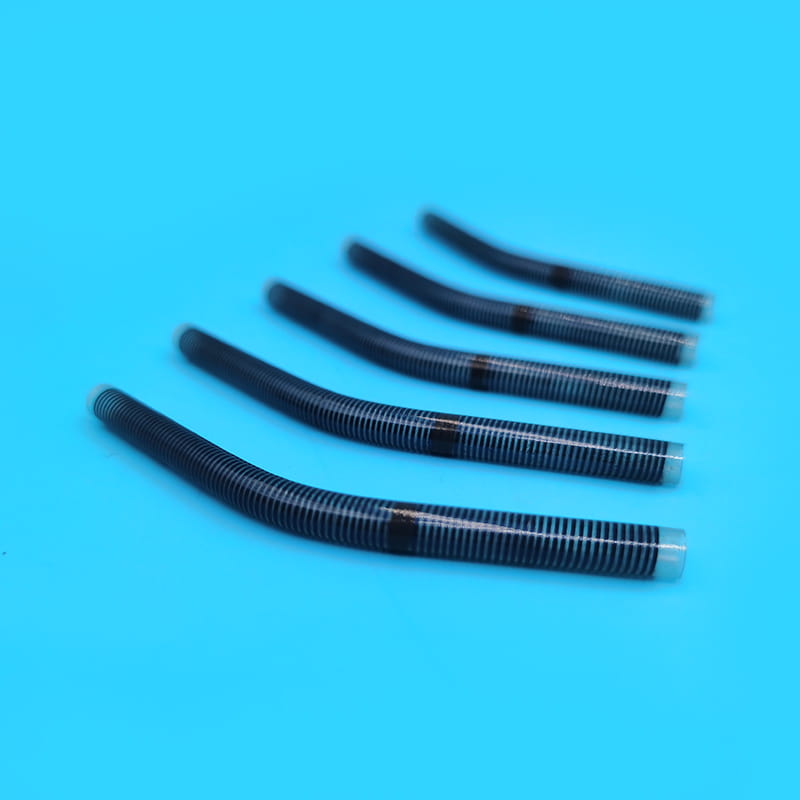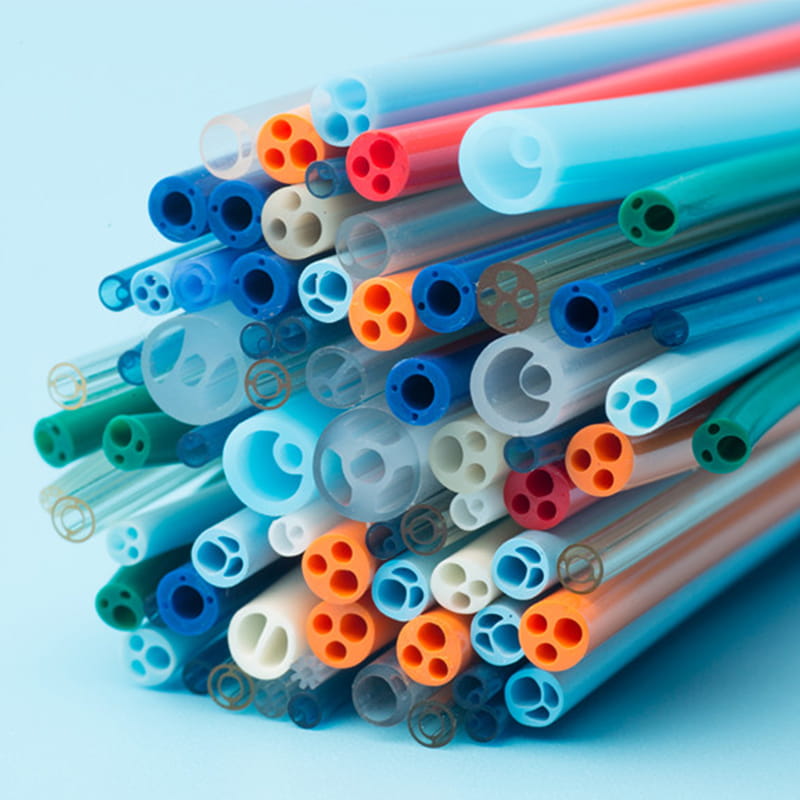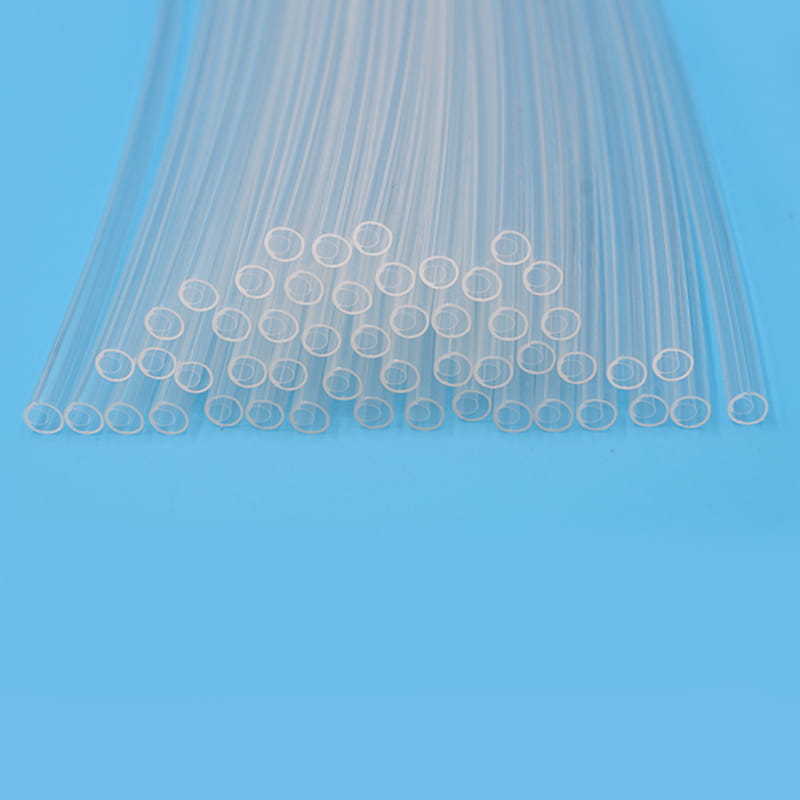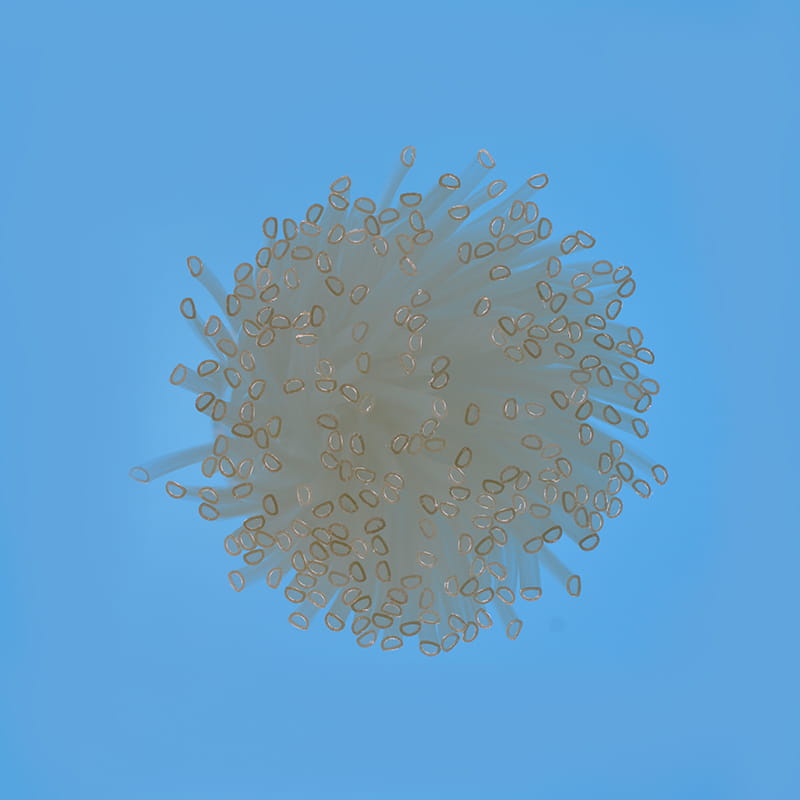Advancements in Medical Nitinol Spring Tubing Technology
In the rapidly evolving medical device industry, advancements in materials science continue to push the boundaries of innovation. Recent developments in Medical Nitinol Spring Tubing have garnered significant attention, not only for their superior performance but also for their potential to revolutionize various medical procedures.
Innovations in Nitinol Technology
Nitinol, a nickel-titanium alloy known for its unique shape memory and superelastic properties, has long been a staple in the medical field. Its ability to return to its original shape after deformation, even at body temperature, makes it an ideal material for implants, stents, and other devices that require precision and adaptability. Recent breakthroughs in Medical Nitinol Spring Tubing have further enhanced these characteristics, making them even more appealing for modern medical applications.
Microcleanliness and Corrosion Resistance
One of the key advancements in Medical Nitinol Spring Tubing is the improved microcleanliness of the material. Studies have shown that reducing the number and size of nonmetallic inclusions in the alloy significantly improves its fatigue life and corrosion resistance. This is particularly crucial in implants such as neurovascular stents and transcatheter heart valve frames, where durability and reliability are paramount.
Researchers from various institutions have compared the corrosion behavior of Nitinol tubing with different microcleanliness characteristics to sputtered Nitinol films. The latter, due to its cleaner production process, typically exhibits no detectable impurities, making it an attractive alternative for sensitive medical applications. These findings have led to the development of new material qualities that can significantly enhance the longevity and safety of Nitinol-based medical devices.
Applications in Medical Devices
Medical Nitinol Spring Tubing is finding increasing use in a wide range of medical devices. Its unique properties enable it to be selectively radially expanded, allowing for precise and controlled deployment within the body. For example, bridge plug assemblies that utilize Nitinol springs can be set in wellbores using wellbore pressure, creating a pressure differential that actuates sliding members. These assemblies can then be removed by equalizing the pressure, allowing the spring to expand and re-stow the expanded plug.
In addition, Nitinol's shape memory effect is being harnessed in the development of intrasaccular devices for treating aneurysms. These devices feature a strong framework that can be radially expanded to seal the opening of the aneurysm sac, providing a more effective and durable treatment option.
Environmental and Patient Safety
As the medical industry moves towards more sustainable and eco-friendly practices, the use of Medical Nitinol Spring Tubing aligns with these trends. Nitinol is a recyclable material, and its durability and longevity reduce the need for frequent replacements, thereby minimizing waste. Furthermore, its biocompatibility ensures that patients experience minimal adverse reactions, making it a safe and reliable choice for medical implants and devices.
Future Prospects
With ongoing research and development, Medical Nitinol Spring Tubing is poised to play an even more significant role in the medical device industry. Advancements in microcleanliness, corrosion resistance, and material science will continue to drive the development of innovative solutions that address the most pressing challenges in modern medicine.
In conclusion, Medical Nitinol Spring Tubing represents a significant step forward in the field of medical materials science. Its unique properties, combined with recent advancements in microcleanliness and corrosion resistance, make it an attractive option for a wide range of medical applications. As the industry continues to evolve, Medical Nitinol Spring Tubing will undoubtedly play a pivotal role in shaping the future of medical device technology.
For more information, please call us at +86-18913710126 or email us at [email protected].
Introduction The TPU Reducer Tube (Thermoplastic Polyurethane Reducer Tube) is a versatile and high-...
In modern medicine, medical catheters are indispensable tools used in a wide range of treatments and...
In the healthcare industry, the importance of selecting the right materials for medical devices cann...
In the era of precision medicine, a small tube often carries the weight of life-saving responsibilit...
In modern healthcare, precise fluid management is crucial for patient safety and treatment efficacy....
Introduction The field of minimally invasive medical procedures has witnessed remarkable growth over...


